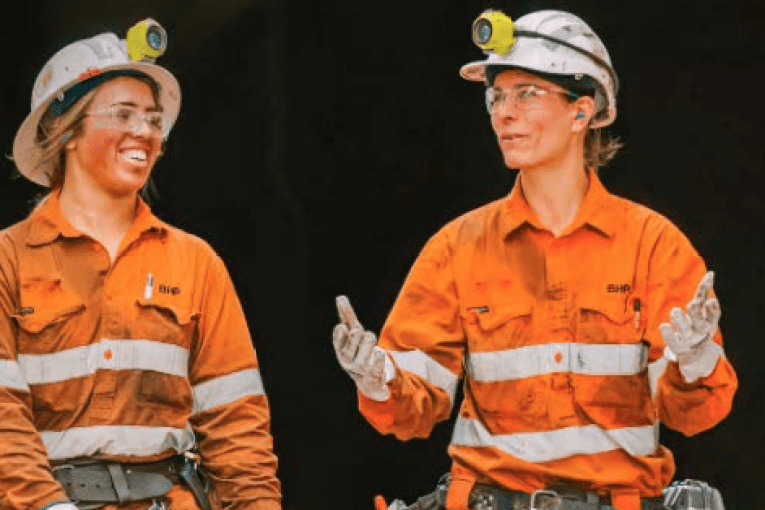Gender gap narrows a little as women bounce back from downturn
A study has found Australian women narrowing the gender gap and experiencing a faster recovery than men from the employment impacts of the pandemic.


Women have shown a better job recovery rate than men. (Photo: Unsplash)
The latest Financy Women’s Index showed a 2.2 per cent rise in the September quarter. While it was an improvement, the pace of growth was about half that of the June quarter, but it showed resilience in the face of “numerous gender financial inequalities and an early setbacks in job cuts relative to men at the start of the COVID-19 outbreak”.
The index is modelled by Deloitte and peer-reviewed by Dr Shane Oliver, Nicki Hutley, Roger Wilkins, Joanne Masters, Danielle Wood and Bruce Hockman.
The report said female job growth coupled with a fresh high in female ASX 200 board appointments and a narrowing of the gender gap in the underemployment rate, helped to push women’s progress higher in the September quarter.
Despite the result, the timeframe to economic equality is unchanged at a revised 32 years in September quarter.
Report author Bianca Hartge-Hazelman said the result provided more reason to feel optimistic as we approach the end of 2020, but the situation was volatile and only time would tell if COVID-19 had short or long-term impacts on women’s progress and economic equality.
“Despite the progress Australian women remain in a more financially insecure position relative to men and continue to face gender gaps across all but one of the financial indicators measured by the Financy Women’s Index.”
Deloitte partner Nicki Hutley said there was no doubt that COVID-19 has placed greater burdens on women in myriad ways.
“The silver lining, if it can be called that, was the brief period of free childcare,” she said.
“It was a massively missed opportunity for the Federal Government not to introduce this support on a permanent basis and generate significant long-term increases in female participation and economic growth.
“However things play out from here, COVID-19 will leave two legacies for women. The first lies in the direct impact on women as workers, often casual, in the most vulnerable sectors, and as primary carers.
“The second, and more important legacy will be the policies implemented to address those imbalances to ensure when the next shock occurs – be it another virus, extreme weather disruptions or financial sector driven – women do not again bear a disproportionate burden.”
The number of women with ASX 200 board positions had increased in 2020 to 32.1 per cent, which is up from 31.2 per cent in the June quarter. The result was nearly triple the rate of progress in the 12 months to September 2019.
The improvement comes despite a drop in the number of women occupying key leadership positions, including as CEO of public companies.
According to Labour Force data by the Australian Bureau of Statistics (ABS), Arts and Recreation Services and Accommodation and Food Services both hired 19 per cent more women across their workforces in the quarter.
Younger women, aged 15-24 years who, along with older women, were hardest hit by job losses at the start of the pandemic have been largely left out of the partial recovery in female employment.
The female underemployment rate declined by 4 percentage points to 12.46 per cent in September. Before the COVID-19 restrictions introduced in March, the female underemployment rate had stayed in the low double-digits since April 2014 and throughout that time has been about double the male underemployment rate.
The report found the recovery in female employment coupled with higher male early access to super withdrawals could possibly help the gender gap in superannuation to narrow from 31 per cent in favour of men.
The gender gap in unpaid work, calculated from the latest data obtained prior to the pandemic, shows women in relationships, with or without children, were doing 60 per cent more unpaid tasks than men. This disparity is widely considered a significant barrier to increased female work participation and therefore financial progress.












